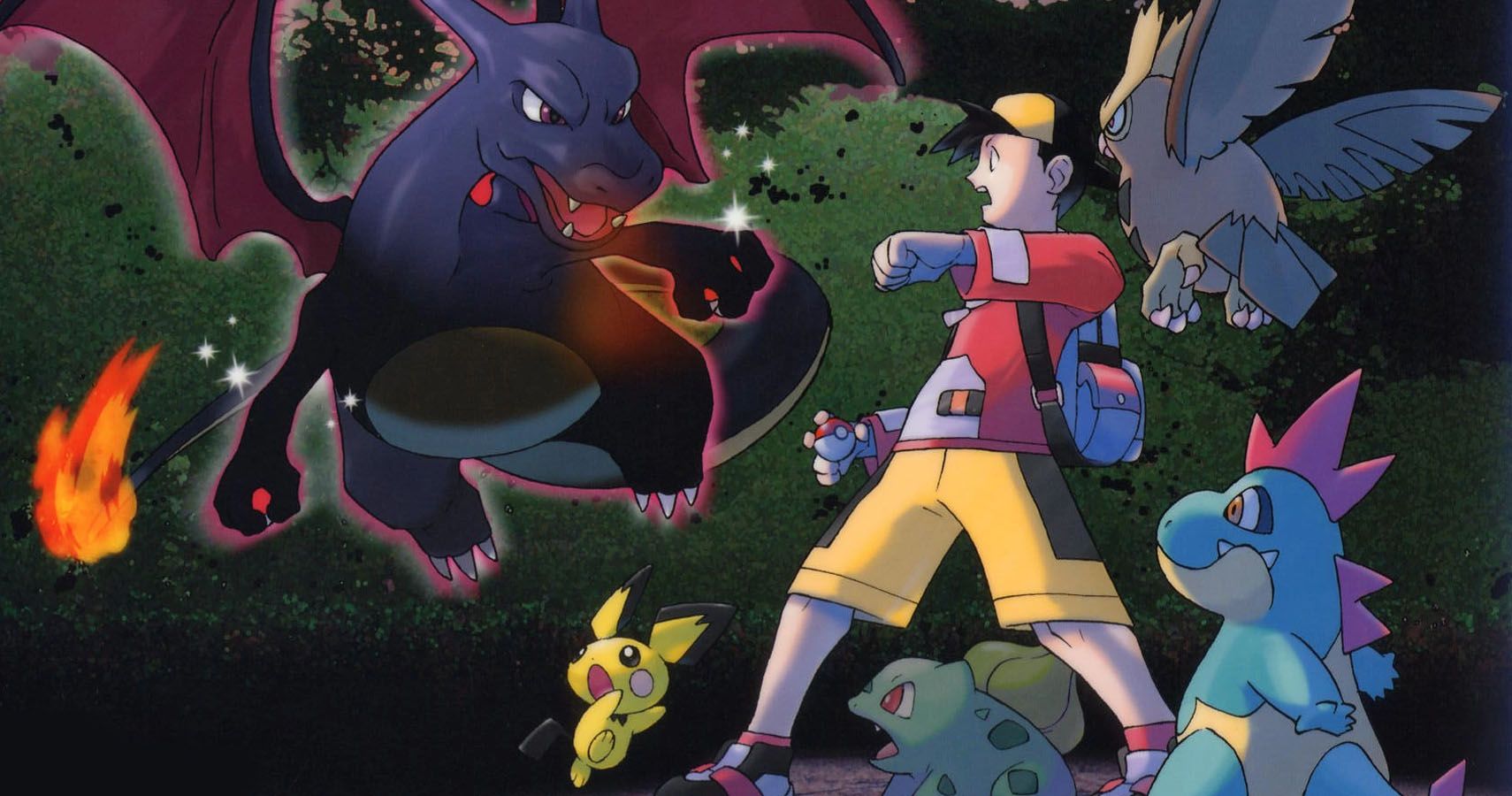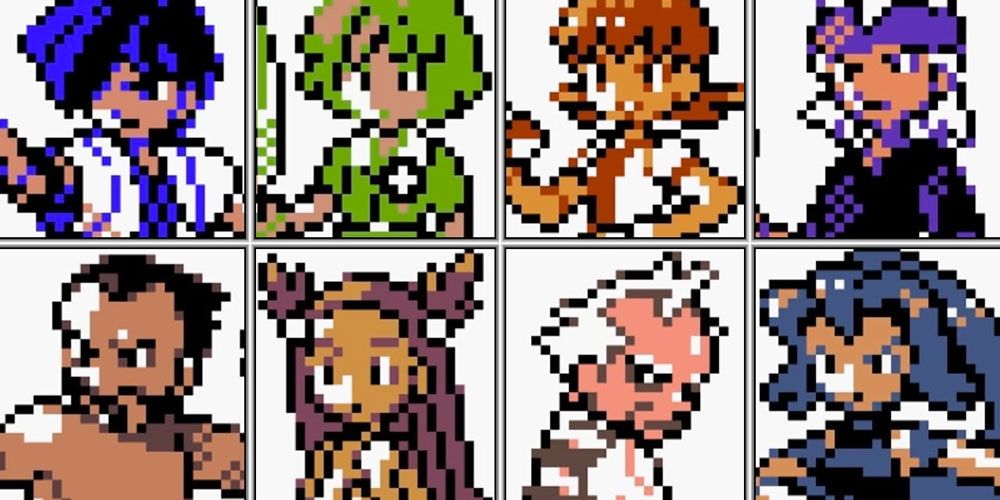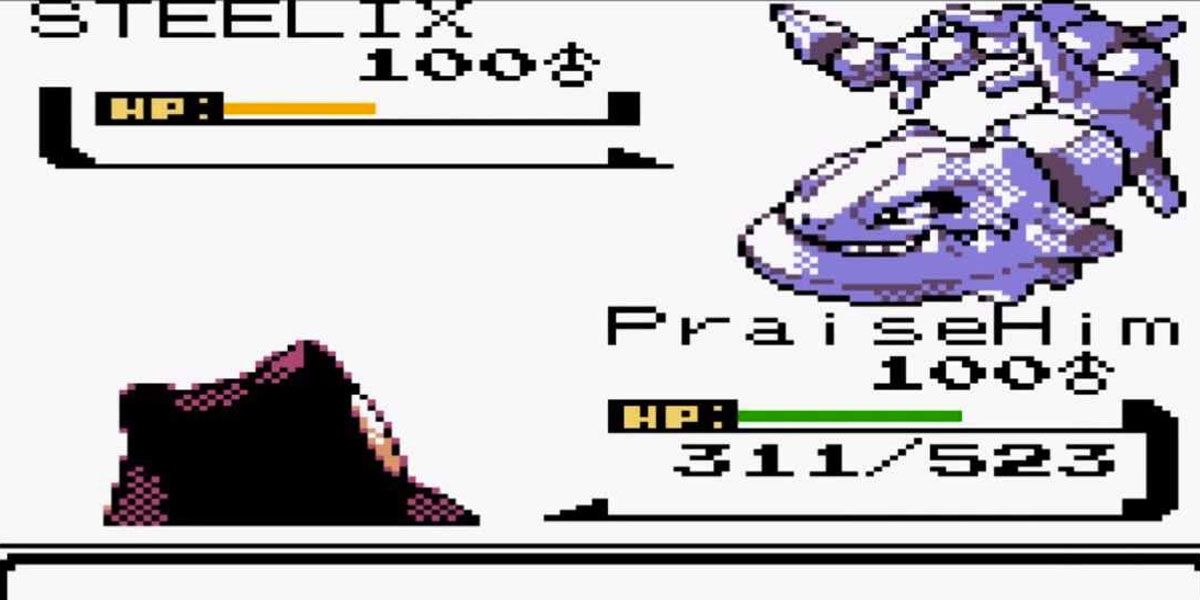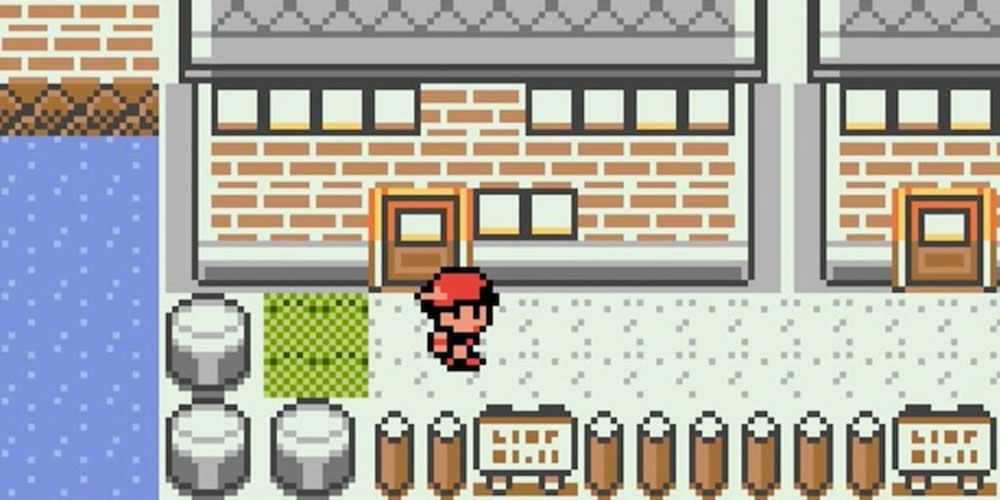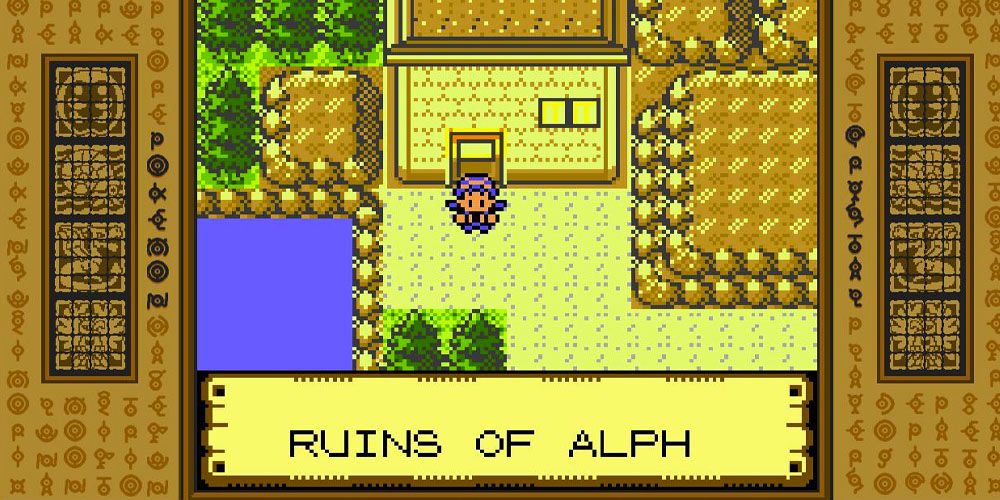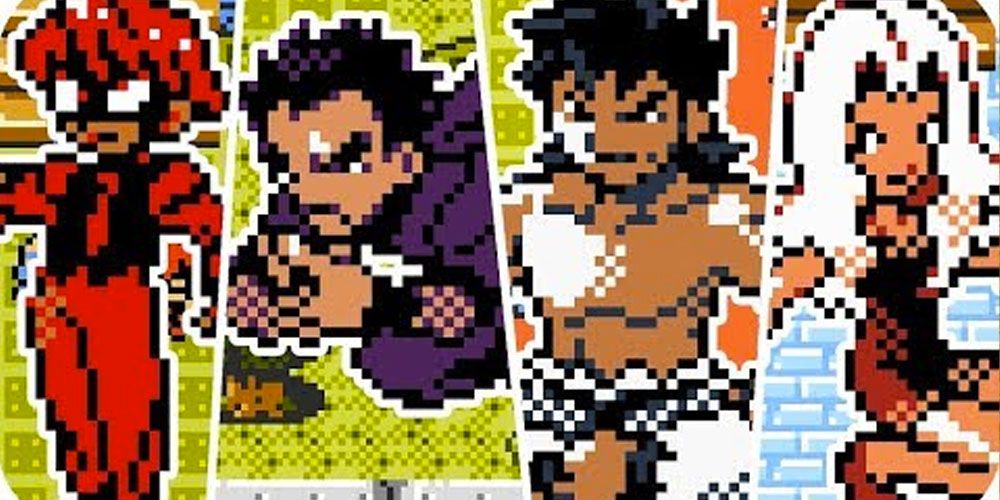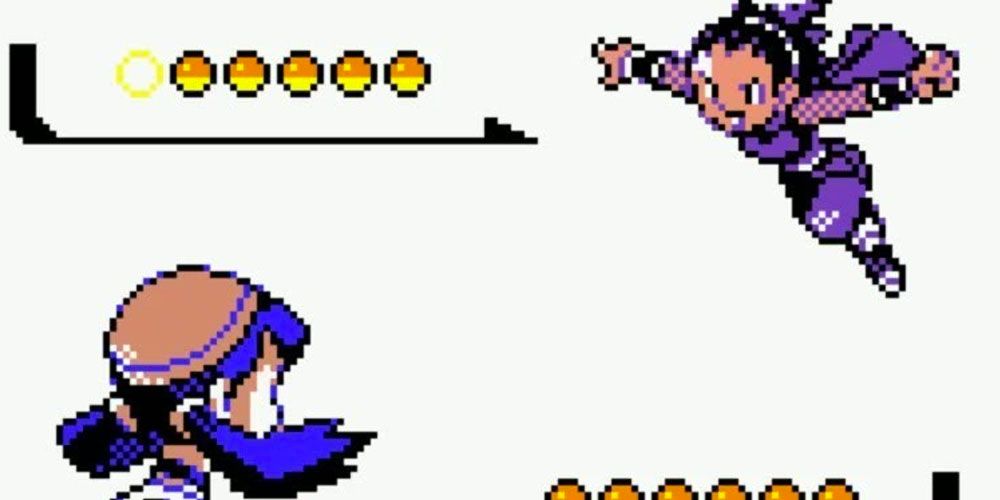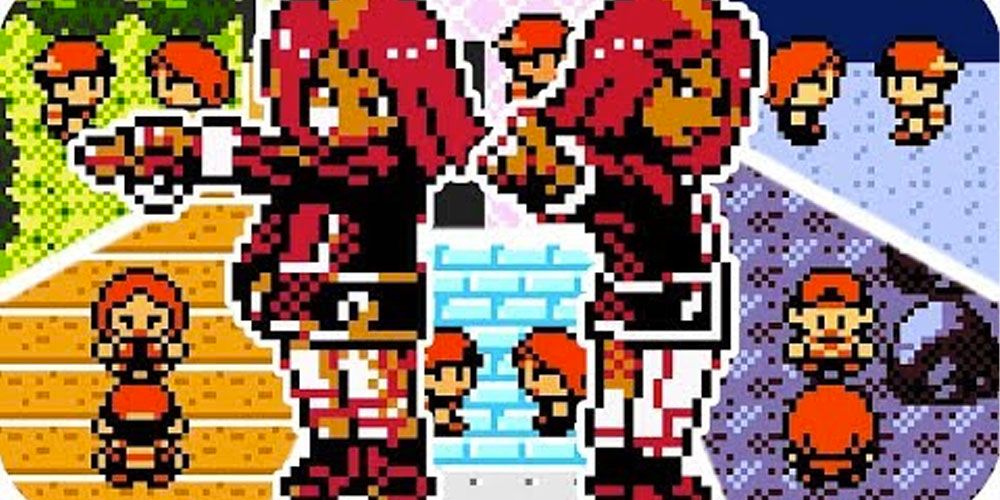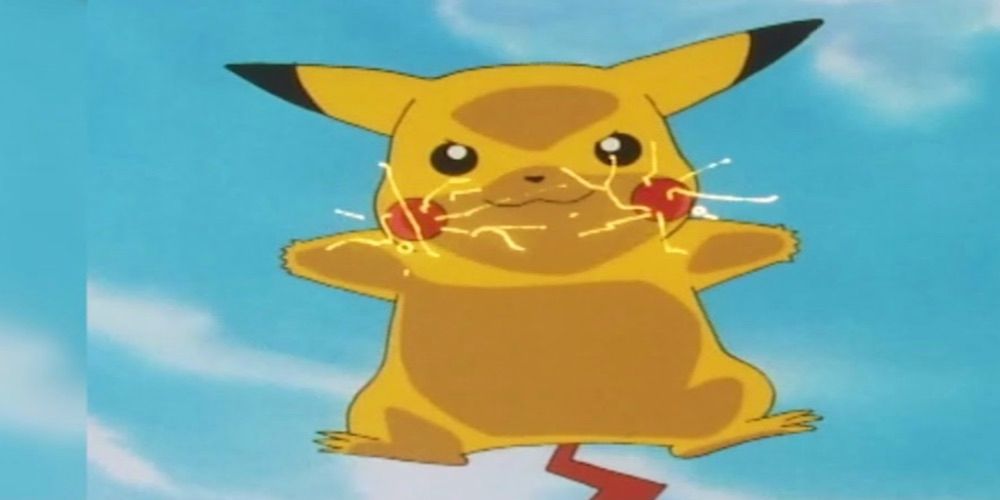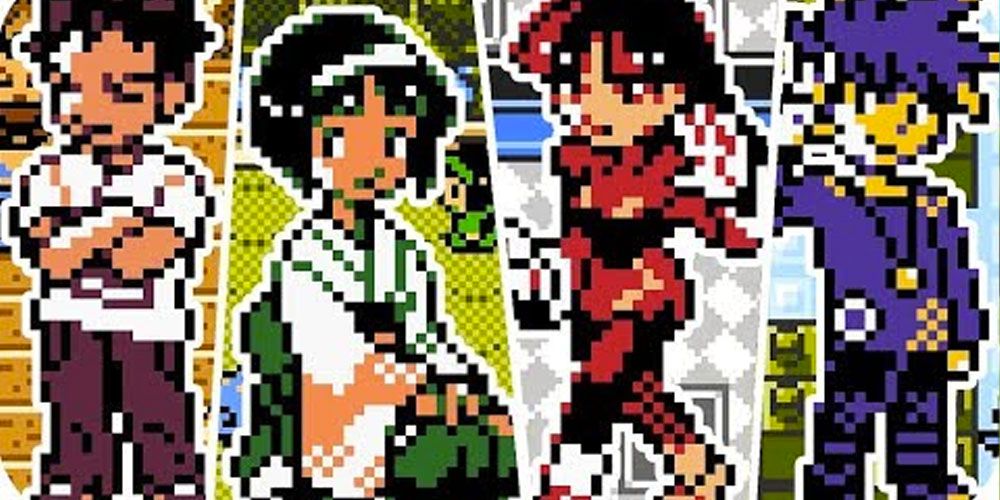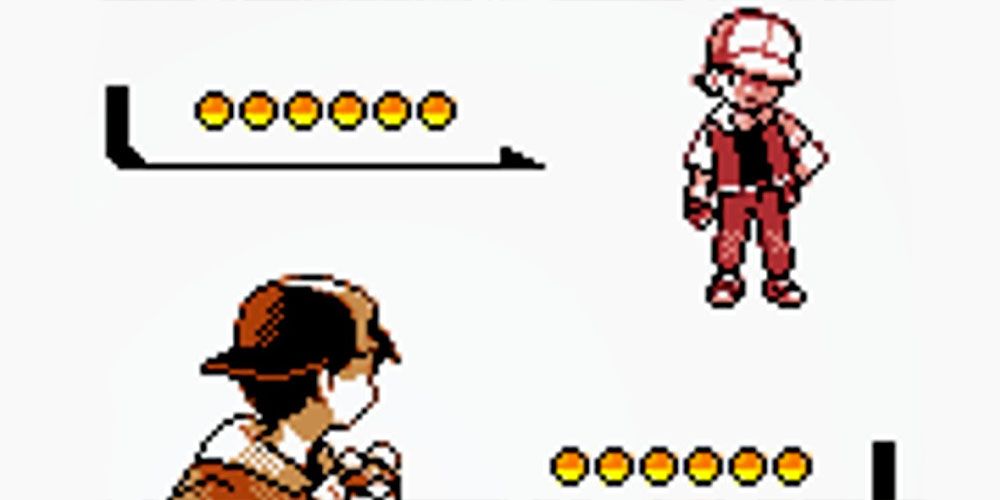Few video game sequels are held in as high regard as Pokémon Gold & Silver. When it comes to the Pokémon franchise, Generation II is often considered the best by fans and often with good reason. Although the games feature a surprisingly low difficulty curve (especially in comparison to the genuinely challenging Red & Blue,) Gold & Silver improved on its predecessors where it mattered most.
Johto is denser than Kanto was, there’s better Pokémon variety at play, the battle mechanics have been refined considerably, and even the story boasts a tighter written script with an emphasis on lore, world building, and character development that would define the rest of the series’ storytelling. Two of the best sequels on the Game Boy Color, Pokémon Gold & Silver set a precedent for the finer things & redefined the franchise in the process.
10 Gyms 5 Through 7 Can Be Done In Any Order
The early Pokémon franchise’s main way of road blocking progress is through the HM system, but it’s important to remember that the first two Generations were developed at a time where some degree of nonlinearity was expected in the RPG genre– especially come midgame. As a result, both Red & Blue and Gold & Silver deliberately allow players to do some Gyms out of order.
In Gold & Silver, Chuck, Jasmine, and Pryce can be battled in any order. The caveat here is that they all end up having fairly weak teams around the same level (which kills Generation II’s difficulty curve in a way it didn’t affect Kanto,) but the variety when it comes to tackling Johto is still appreciated.
9 Dark & Steel Are Psychic Killers
There’s a lot to love about the first Generation of Pokémon on a purely design level, but it’s undeniably an unbalanced game. This is part of the charm, of course, but it’s hard to deny that Psychic-Types don’t tower above every other Type in the game– to the point where Alakazam’s Gen I supremacy more or less goes uncontested.
Dark and Steel-Type Pokémon were added into Generation II specifically to counter any Psychic-Types. This fix almost went too far, however. If not for their weakness against Fire, Steel-Types would have likely introduced the exact same problem as Psychic-Types did in Gen I.
8 Fishing In Misty’s Gym
Although Kanto serving as Generation II’s post-game is one of the best things about Pokémon Gold & Silver, the region is quite underwhelming when compared to its original depiction. This is to be expected to some extent considering the sheer size of Pokémon Gold & Silver as is, but it’s hard not to miss the Safari Zone and more of Viridian Forest.
That said, this makes it easier to appreciate what little details were retained. Just like in Generation I, players can finish inside of Cerulean Gym to catch some local Water-Types. Both Corsola and Staryu are added in Generation II, making fishing inside Misty’s Gym actually worthwhile.
7 Johto Is Older Than Kanto
It’s never outright said, but it arguably doesn’t need to be: Johto is older than Kanto. Kanto has a clear history– a Pokémon War, established companies, radical organizations– but it’s all modern & living history. Johto’s lore dives into proper Pokémon prehistory, detailing the adventure of the written form through Unknown while also being the home region to Eggs and Baby Pokémon (in the original canon.)
There are at least 1,500 years of history packed into Generation II’s lore, firmly suggesting that Johto is not only much older Kanto, but conscious about preserving their region’s traditions and history– something Johto shares with virtually every region after the fact. Kanto really is the baby of the group.
6 The Indigo League Is Johto’s League
With this in mind, it’s worth examining the relationship between Kanto and Johto in their joint League. Trainers from both regions end up traveling to Kanto to challenge the Pokémon League. Coupled with the fact that Kanto was Generation I’s region and it’s easy to assume Johto is simply making use of Kanto’s League.
When taking Johto’s age into consideration, this would actually be the other way around. It makes far more sense that Johto would establish the League in Kanto– given their history– before inviting Kanto themselves. Perhaps Johto even settled Kanto through setting their League there. Why else would Gen II introduce so many new Pokémon in Kanto?
5 Explaining Janine’s Low Level Team
Gym Leaders in Generation II are severely underleveled. The strongest ones can be defeated by any Generation I midgame team with ease. It’s not unusual for Trainers to breeze their way through Johto, unlock Kanto, and do the exact same. The Kanto Gym Leaders barely put up a fight, with one in particular especially weak: Janine.
Janine is the weakest Kanto Gym Leader by far, but this actually makes sense. Canonically, Janine is still an inexperienced Gym Leader, having taken over for her father, Koga, after he joined the Elite Four. Where every other Gym Leader is in their 40s & 50s, Janine is only in her 30s. (While most starters will likely be pushing 60.)
4 Silver & Competitive Play
Ask any fan of the franchise who their favorite rival is, and chances are they’ll list off Blue & Silver– usually in that order. Unlike other rivals, Blue and Silver are legitimate antagonists, with the latter a flatout villain at the start of the game. While Silver does end up developing and losing many of his harsher qualities come endgame, he’s reflective of a specific type of player throughout.
While Pokémon’s competitive scene wasn’t as developed by Gen II as it is now (obviously,) Game Freak was still aware of players prioritizing the “best” Pokémon over their favorites– a notion invoked and admonished by Karen. Silver primarily cares about using what he considers to be the best Pokémon, with little room for variety.
3 Shinies Weren’t Introduced In Gen II
Shinies are considered one of Generation II’s most compelling introductions– a feature that still drives players mad with greed to this day. Except it wasn’t actually a Gen II introduction. While it's true that Shinies as the franchise now depicts them are rooted in Generation II’s foundation, Pokémon Stadium did it first.
Certain nicknames in the first Pokémon Stadium can actually result in Pokémon having alternate color palettes when ported into the game. It’s a very primitive version of the Shiny system designed around individuality instead of RNG (which arguably has more appeal,) but it lacks that thrill of finding a Shiny in the wild. Still, it’s one of Stadium’s better features.
2 Just How Low Is The Difficulty Curve?
Pokémon Gold & Silver are very easy games, but it’s easy to forget just how low the difficulty curve is in comparison to Generation I. Pokémon Red & Blue featured a consistent curve that gradually built to the final boss. Blue had a team of Pokémon in their 60s and each Gym Leader was stronger than the last.
While this is true to Gold & Silver, it’s only true on a smaller scale. Gym Leaders in Johto cap out in the high 30s/low 40s with Champion Lance’s strongest Pokémon being a Lv 50 Dragonite (hilariously deleveled from Gen I.) Kanto fares better with Gym Leaders that eventually hit the 50s, but after sixteen Gyms and multiple dungeons, a player’s Starter is outright guaranteed to be dozens of levels higher than the strongest opponents Kanto has to offer.
1 Pokémon Yellow Is Canon
Except for Red, that is. For as easy as Generation II is, Pokémon Gold & Silver have the decency to offer players one of the hardest battles in the franchise. After completing all 16 Gyms and scaling Mt. Silver, Red– the main character of Generation I– can be fought. He has a full party in their 80s, made up of starters & gift Pokémon.
Since Red has every starter, this means the events of Pokémon Yellow are canon. This is only doubled down on by Pikachu’s presence as Red’s signature Pokémon. Pikachu notably cannot evolve in Pokémon Yellow, even with a Thunder Stone, offering more than enough evidence that Pokémon Yellow leads into Gold & Crystal.

